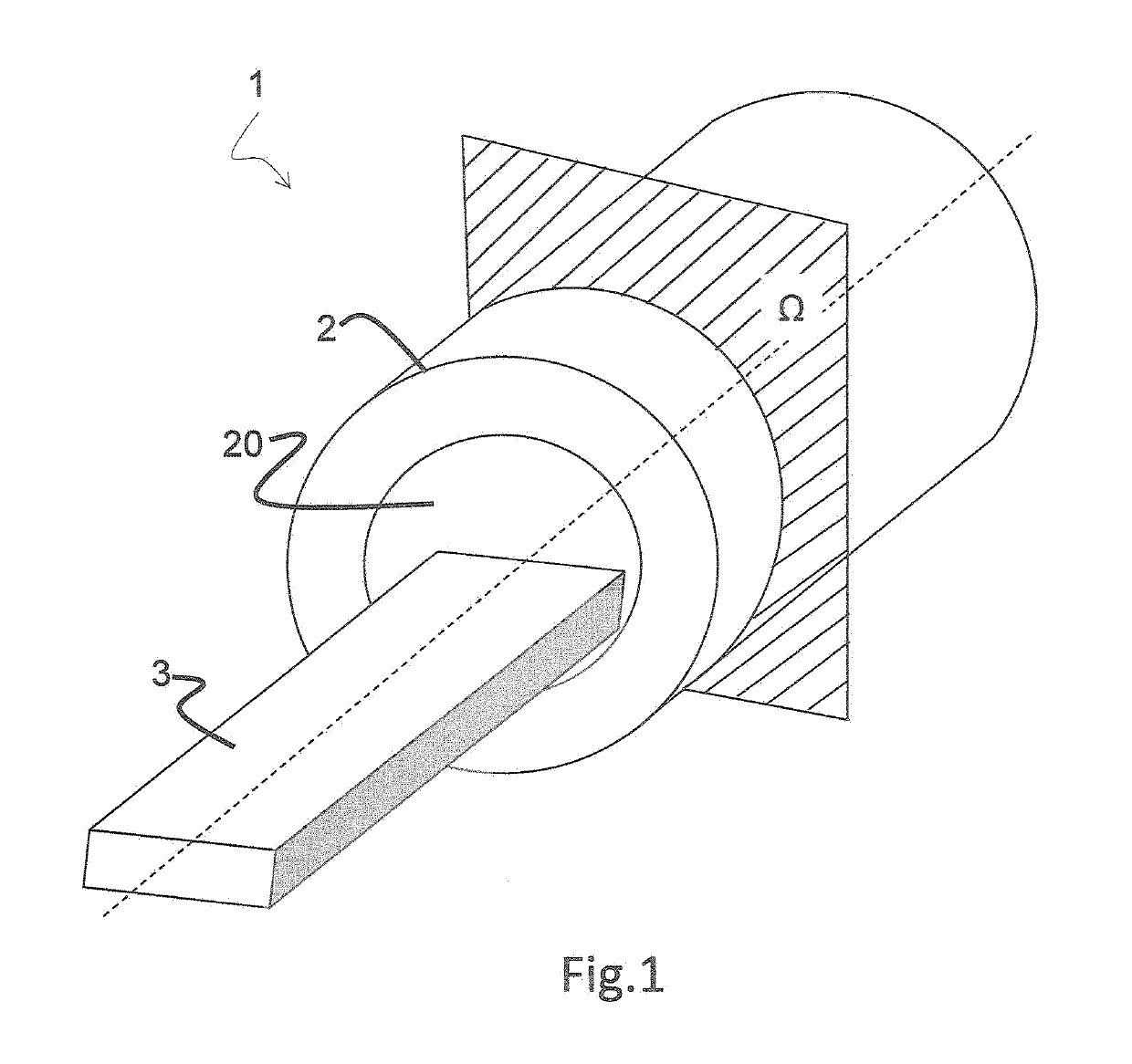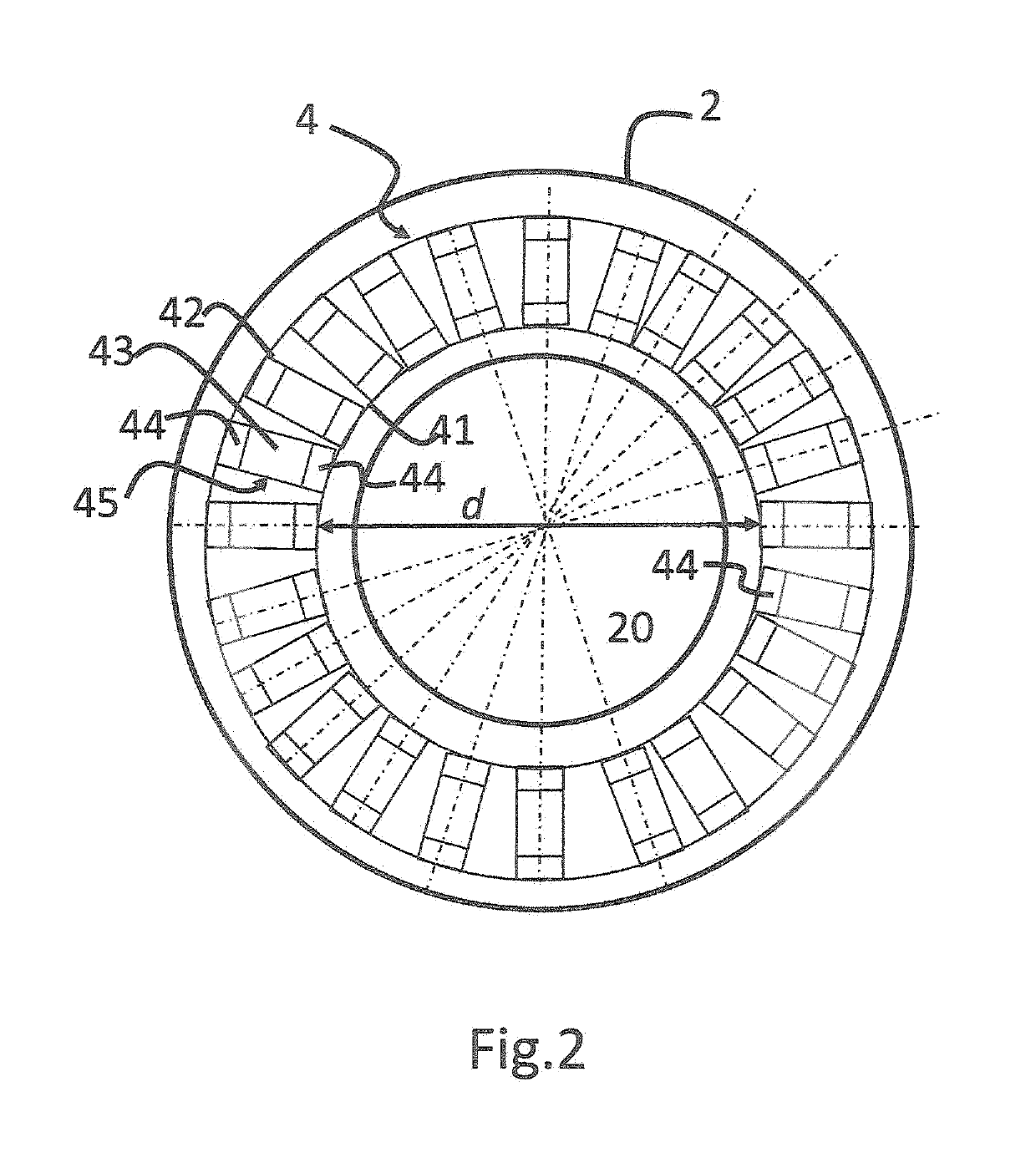Detector, three-dimensional direct positron imaging unit, and method to estimate the differential of the radiation dose provided to cancer cells and healthy tissues during hadrotherapy
a positron imaging and detector technology, applied in the field of medical imaging technique, can solve the problems of inability to resolve the position of tof-pet units, limitations to the resolution, contrast, brightness of clinical images, and poor resolution of today's commercial tof-pet units, so as to improve therefore the overall performance of the imaging unit. , the effect of improving the snr of the detector
- Summary
- Abstract
- Description
- Claims
- Application Information
AI Technical Summary
Benefits of technology
Problems solved by technology
Method used
Image
Examples
Embodiment Construction
[0031]While the invention is susceptible to various modifications and alternative constructions, some of the illustrated embodiments are shown in the drawings and will be described below in detail.
[0032]It must be understood, however, that there is no intention to limit the invention to the specific illustrated embodiments, but, on the contrary, the invention intends to cover all the modifications, alternative constructions and equivalents that fall within the scope of the invention as defined in the claims.
[0033]The use of “such as”, “etc.”, “or” indicates non-exclusive alternatives without limitations, unless otherwise indicated.
[0034]The use of “includes” means “includes, but is not limited to”, unless otherwise indicated.
[0035]FIG. 1 illustrates an imaging unit 1 comprising a hollow body 2 with an internal cavity 20 allowing a table 3 to slide inside out it in order to bring a subject under a detector 4 housed inside the hollow body 2.
[0036]Detector 4 is adapted to detect emissi...
PUM
 Login to View More
Login to View More Abstract
Description
Claims
Application Information
 Login to View More
Login to View More - R&D
- Intellectual Property
- Life Sciences
- Materials
- Tech Scout
- Unparalleled Data Quality
- Higher Quality Content
- 60% Fewer Hallucinations
Browse by: Latest US Patents, China's latest patents, Technical Efficacy Thesaurus, Application Domain, Technology Topic, Popular Technical Reports.
© 2025 PatSnap. All rights reserved.Legal|Privacy policy|Modern Slavery Act Transparency Statement|Sitemap|About US| Contact US: help@patsnap.com



